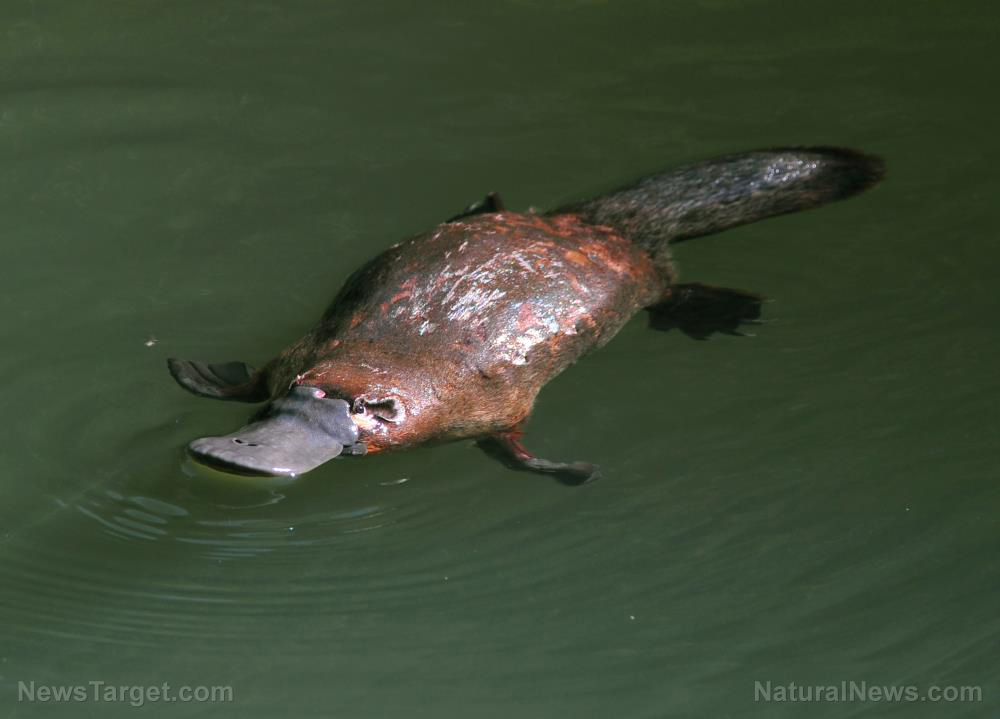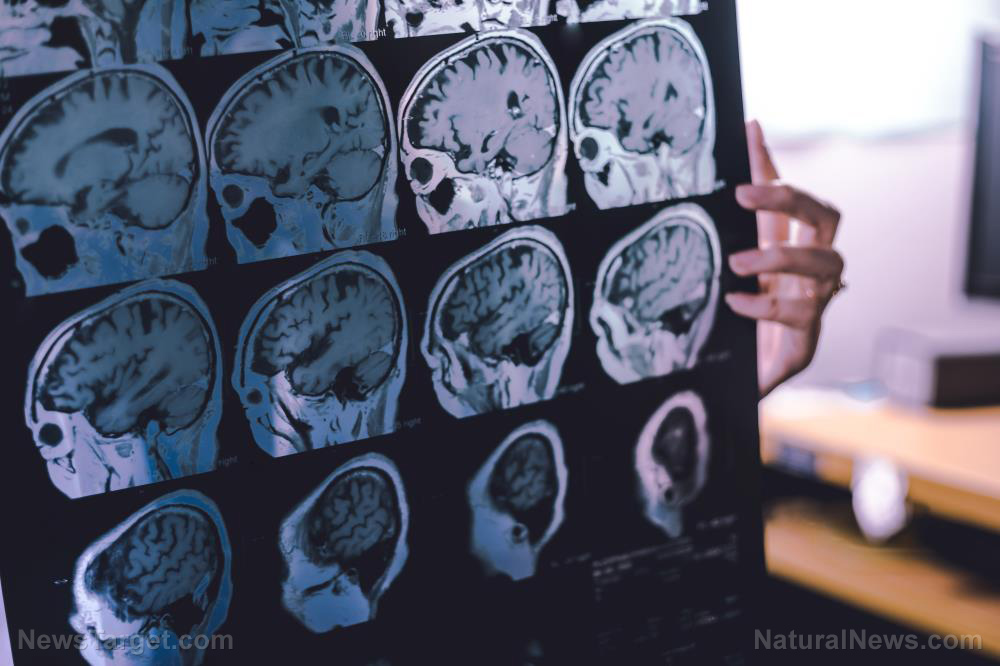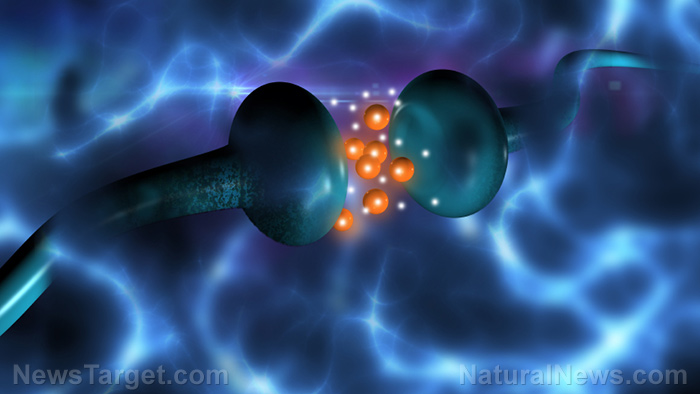Chimera: Scientists have grown a Pig-Human hybrid creature in a lab
02/06/2017 / By Vicki Batts

It seems that myth has finally become reality, now that scientists have crafted up the first human-animal hybrid recently in a lab experiment. Researchers from Salk Institute have defied the laws of nature by growing embryos that featured both pig and human DNA.
The creation of human-animal hybrids has been a controversial topic that has been the subject of countless debates. Twelve years ago, National Geographic reported on the contentious topic of chimeras when Chinese scientists from the Shanghai Second Medical University successfully merged human cells with rabbit DNA in 2003. After several days of development, the scientists destroyed the embryos so they could harvest their stem cells. Shortly thereafter, researchers from the Mayo Clinic created pigs with human blood running through their veins. [RELATED: Learn more about questionable scientific research at Scientific.news]
According to experts, the intent behind such experiments is drug testing and organ-growing. Scientists say that the more human-like the animal is, the better suited it is for testing purposes — and for growing “spare parts.”
The latest research from Salk Institute suggests that science is one step closer to reaching its goal, no matter how disturbing some people find it to be.
Creating the first chimera embryos
Though scientists have been trying for decades, encouraging growing stem cells to mature into fully functional adult cells has been a struggle — the growing organs for use in humans seems eons away.
The study’s lead investigator Juan Carlos Izpisua Belmonte, a professor in the Salk Institute of Biological Studies’ Gene Expression Laboratory, explains, “We thought growing human cells in an animal would be much more fruitful. We still have many things to learn about the early development of cells.”
Izpisua Belmonte and staff scientist Jun Wu have been working on chimera creation for a long time; their first step was to create mouse-rat hybrid embryos. After that, their next choice was to use CRISPR genome editing techniques to direct the rat cells to grow in certain “developmental niches” within the mouse. Essentially, the researchers turned off certain genes in the mouse DNA, like turning off their ability to grow a liver. Then, the team add the rat stem cells to see if they would “fill” the opening. Sure enough, it worked. [RELATED: Learn more about genetic modification GMO.news]
When moving onto their most recent experiment — pig and human DNA — the team explains that their choice was easy: they were looking for an animal with organs similar in size to humans, and pig embryos had proven themselves to be far more affordable and easier to work with than cow embryos.
Pigs and humans are about five times more distant in evolution than mice and rats are, which made things quite challenging for the researchers. Delicacy and exact timing were needed to successfully introduce human DNA into the pig embryos. The team utilized a number of different human stem cell forms in their experiment, to see which type would survive the best.
They found that the cells that survived best and showed the most potential for continued development were “intermediate” human pluripotent stem cells.
When the human cells survived and formed a human-pig hybrid, the researchers then took the newly formed embryos and implanted them into a sow. The embryos were allowed to develop in the mother pig for a period of three or four weeks.
“This is long enough for us to try to understand how the human and pig cells mix together early on without raising ethical concerns about mature chimeric animals,” says Izpisua Belmonte.
Some would argue that even creating and implanting chimeric embryos into non-consenting living animals is ethically concerning too.
Wu says that the contribution of human DNA to the hybrid embryo was fairly low, which is fortunate. The researchers say that one of the big concerns about chimera creation is the potential for the hybrid animal to become too human. As Science Daily reports, “For instance, researchers don’t want human cells to contribute to the formation of the brain.”
Discover more coverage of genetic lunacy at GeneticLunacy.com.
Sources:
Tagged Under: chimera creation, human hybrids, human-pig chimera




















